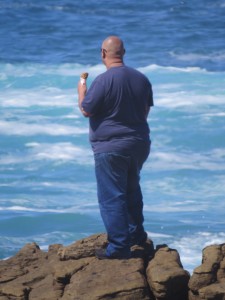Today is World Obesity Day. To mark the day, the World Health Organization together with the Imperial College London released results of a joint major global study.
The study reveals trends indicating an increase of obesity among children and adolescents aged 5-19 years.
The study data ranges from 1975-2016 and details the factors driving this increase as well as the increase in the projections. It also charts other forms of malnutrition (including underweight) and presents shifts in the number of children and adolescents being underweight and obese around the world. To read more about this study on dietmy.com
 Body Mass Index & Obesity
Body Mass Index & Obesity
According to the Harvard.edu website [1] BMI (weight divided by square of your height) is a fairly reliable indicator of whether you have too much body fat. The shortcoming of BMI is that it does not reflect or assess where on the body, body fat is stored. Fat stored in the belly (visceral abdominal fat) is much more dangerous than evenly distributed body fat.[2]
a BMI of over 30 is indicative of OBESITY. You can use the free Dietmy.com online BMI calculator to calculate your own Body Mass Index
Calculate your own belly fat potential health risk
To calculate whether your belly fat is a potential health risk, you can do the following measurement:
- Measure your waist at your navel (Waist Centimeters)
- Measure your hips where the hip bones protrude (Hip Centimeters)
- Divide your waist size by your hip size – so, point 1 divided by point 2 (Waist / Hips)
Your chances of suffering heart attack or stroke increases steadily as male ratio rises above 0.95 and females above 0.85
[1] https://www.health.harvard.edu/womens-health/is-body-mass-index-bmi-still-the-best-measure-of-body-fat
[2] https://www.health.harvard.edu/staying-healthy/abdominal-obesity-and-your-health



